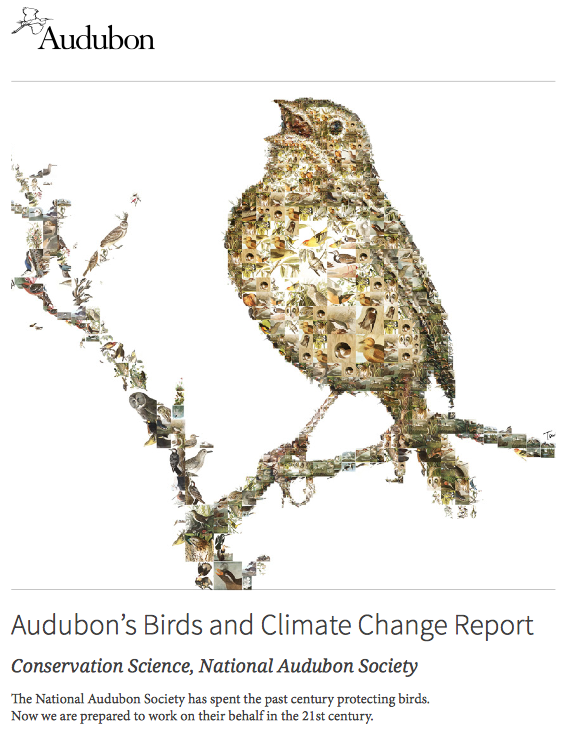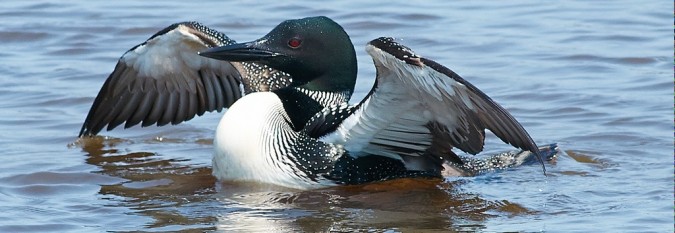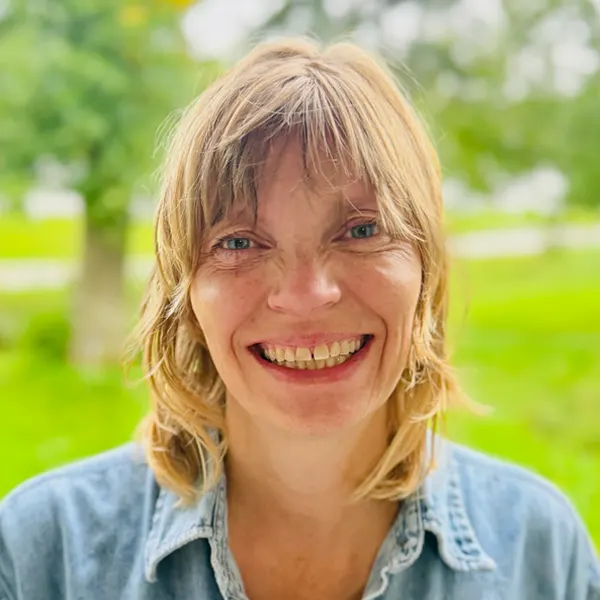September marked the 100th anniversary the iconic extinction of the Passenger Pigeon. The last known Passenger Pigeon, a captive bird called Martha died in the Cincinnati Zoo September 1, 1914. Fifty years earlier a single flock of Passenger Pigeons might number 1 billion birds and would darken the sky for hours over America’s cities, including Minneapolis. In fifty years, billions became zero.

Last month the National Audubon Society released its fifth State of the Birds Report.
The report includes both good and bad news – all of it related directly to how we are caring for our land and water. One sobering conclusion: global warming imperils half of North America’s bird species.
In Minnesota, that includes our state bird, the Common Loon. According to the Audubon Society, “By 2080, this great icon of the north is forecast to lose 56 percent of its current summer range and 75 percent of its current winter range, according to Audubon’s climate model. In both seasons the potential to shift northwards in a warming climate is significant. While the bird may be able to keep pace with the rapidly changing world, it looks all but certain that Minnesota will lose its iconic loons in summer by the end of the century.”
The report finds that “314 species are on the brink.”
Some of the species listed are birds seen throughout the Minnesota Basin and right in your own back yard.


